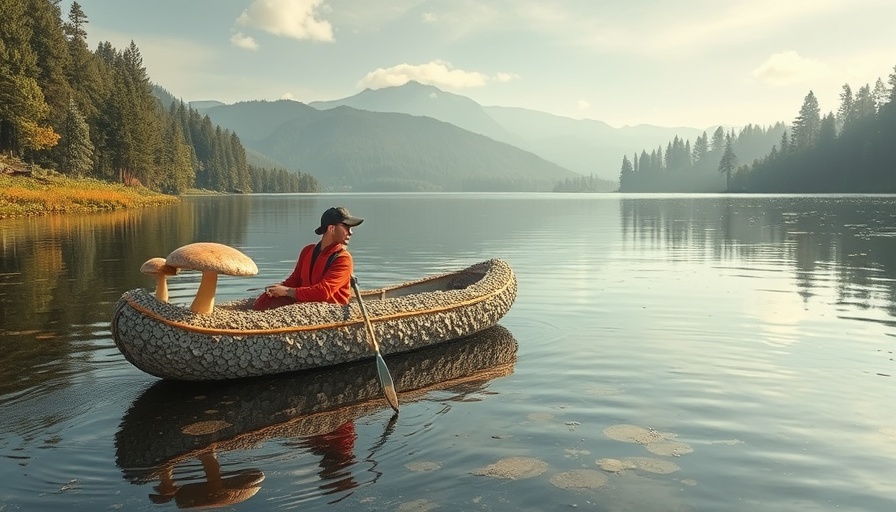
Coyotes Making a Splash: Nature’s Survivalists Unveiled
In a stunning display of resilience, coyotes have been spotted swimming across the deep waters of San Francisco Bay, specifically to the windswept shores of Angel Island. For nearly a decade, this island has been home to a burgeoning population of these adaptable creatures. A recent observation by park staff, where a coyote was filmed paddling across Raccoon Strait, sheds light on their remarkable journey.
This particular sighting, occurring about a quarter mile from shore, underscores the coyotes' swimming capabilities, as these animals navigate strong currents that could easily deter less agile species. The California Department of Fish and Wildlife (CDFW) reported that since the arrival of a breeding pair in 2017, the coyote population on Angel Island has grown, currently estimated between 14 to 17 individuals, with a genetic lineage linked to just one deceased matriarch.
The Expansion of Coyote Populations Across the Bay Area
The increasing presence of coyotes is not confined to Angel Island. They are expanding further south into Marin County and even into urban landscapes like San Francisco. As Brett Furnas, an ecologist with CDFW, noted, this growing population indicates an adaptability that reflects a changing urban-wildlife dynamic. These animals are no longer just confined to rural settings; they're charting new territories across the Bay Area.
The coyote’s survival instinct and ability to thrive in various environments exemplifies how wildlife can adapt to human encroachment. Interestingly, sightings of these swimmers are not as common as one might think. Ferry workers and park staff have only seen a few instances of coyotes swimming previously, adding to the intrigue around this recent observation.
Understanding Coyote Behavior: What Homebuyers Should Know
As homebuyers, sellers, and property investors consider options in areas near urban wildlife, it's essential to understand how these populations impact human habitations. Coyotes are strong swimmers and can cross significant distances when searching for food or territory. Recognizing their presence and understanding their habits can help residents coexist more harmoniously with nature.
The real estate market, particularly in areas like Dumfries, is increasingly intersecting with wildlife. Homebuyers should factor in local wildlife considerations when scouting property, as the presence of animals like coyotes could affect home values and the environment. Sustainable landscaping practices can even be formulated to adapt to these wildlife populations, enhancing both property value and ecological integrity.
The Importance of Coexisting With Urban Wildlife
Evolving wildlife dynamics mean that communities will need to learn how to coexist with species like coyotes. This involves educating residents on what to do if they encounter a coyote. The parks department advocates for the public’s awareness, sharing essential safety tips regarding how to respond when nearing these wild inhabitants. Respecting their space while being informed can turn potential fear into understanding, allowing for better support of wildlife conservation.
Future Trends: Property Insights from Nature
Looking to the future, the integration of sustainable practices in property investment can lead not only to a beautiful environment but also promote the flourishing of local wildlife. For instance, developing properties with natural landscaping can provide habitats for local species while maintaining aesthetic appeal.
In conclusion, as the coyote population continues to adapt, so too should our approach towards home purchases and property management in wildlife-rich areas. These resilient creatures remind us of nature's incredible adaptability and urge us to rethink how we integrate our living spaces with the natural world.
Call to Action: Stay informed and consider the ecological dynamics of your future investment. Embrace sustainable practices in your property decisions that support wildlife coexistence.
 Add Row
Add Row  Add
Add 





Write A Comment